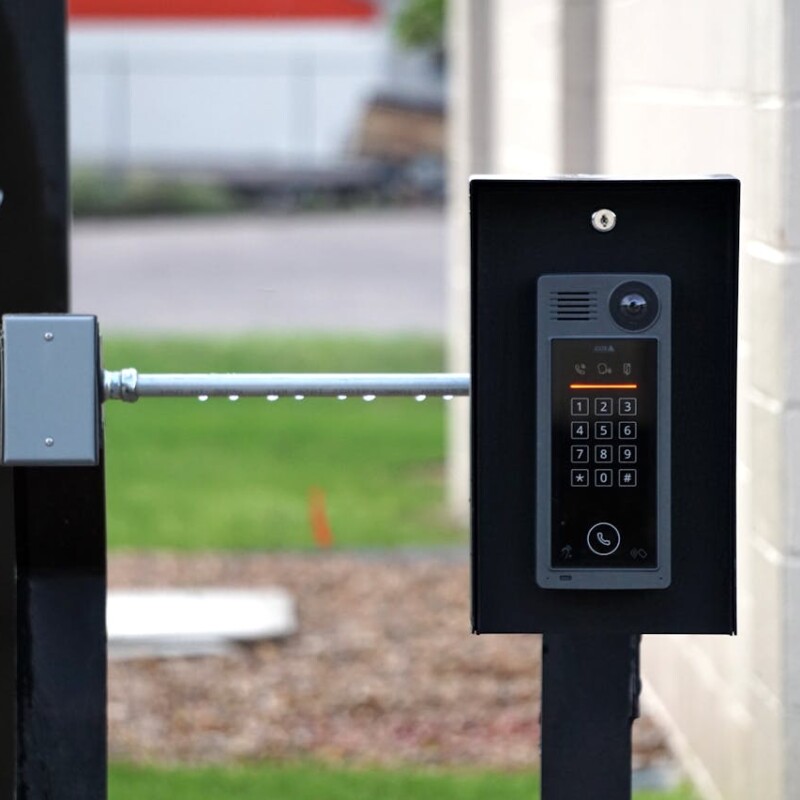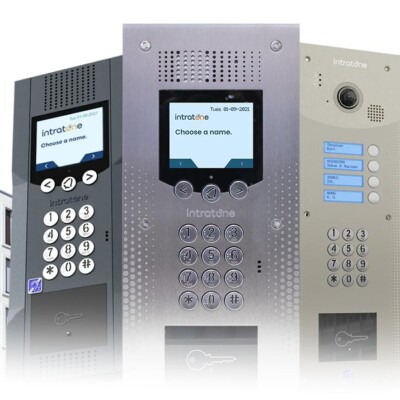How to Integrate Wireless Security Systems with Existing Infrastructure
February 11, 2025
In this article, we’ll take a look at how you can integrate a wireless security system into your property’s existing architecture, while still achieving the highest levels of security on offer. Let’s get to it.

If you’re a property manager, you don’t need us to tell you how crucial security systems are. The backbone of any well-managed building relies on a security system that’s up-to-date, efficient and, most importantly, well-suited to a property’s structure.
We understand that the installation process can sometimes feel daunting, especially when integrating an advanced piece of technology. However, by following a strict step-by-step process and putting in the prep work in advance, you’ll never miss a beat.
In this article, we’ll take a look at how you can integrate a wireless security system into your property’s existing architecture, while still achieving the highest levels of security on offer. Let’s get to it.
Step 1: Assess
Every building is different. From the nooks and crannies of the basement to the flats on the highest floor, properties require a full assessment before settling on a wireless security system. Identify current infrastructure, highlight any recent security breaches and analyse weak points from top to bottom.
Remember: just because a wireless security system seems more technologically advanced, doesn’t mean it’s well-suited to your property. Trust us: the more time you spend assessing your building, the more fine-tuned your security system will be.
Step 2: Make a plan and integrate
You’ve settled your priorities. You’ve identified your wireless security system of choice. Next step? Make a plan for integration and installation.
Give yourself a realistic time period to integrate the system without forcing yourself to cut corners. Thanks to technological advances, wireless security systems are particularly easy to install in properties of all sizes alongside existing infrastructure. Often, your supplier will be able to advise at length about the best ways to install your security system, as well as help you stay in line with compliance. This process doesn’t have to be complicated, but it can be without a straightforward, realistic plan.
Step 3: Test, test and test again
The key to any successful security system? Rigorous, efficient testing.
After installation, always test every aspect of the system and the integrations you’ve made with existing infrastructure. If you don’t, intruders may be able to exploit even the most minor weak point. Combining several pieces of security technology can sometimes present complications, such as integrating wired CCTV into a wireless network or merging existing intercoms.
Step 4: Maintain
In the short term, your security network will have received an enormous boost from this integration. Now, it’s time to think about the future.
A monthly maintenance routine will ensure that tip-top standards are met without compromising security. Many property managers also keep an eye on forthcoming trends, anticipating improvements that could be easily made in the future and identifying areas where these new technologies could be incorporated into existing infrastructure. With that, the cycle continues.
Conclusion
In a rapidly evolving world, integrating new technology into your security system isn’t just a gimmick; it’s a necessity. Keeping your mind on the future will ensure that your building is up-to-date with the latest advancements in the industry. The best part? You’ll have safe and secure clients for years to come.



